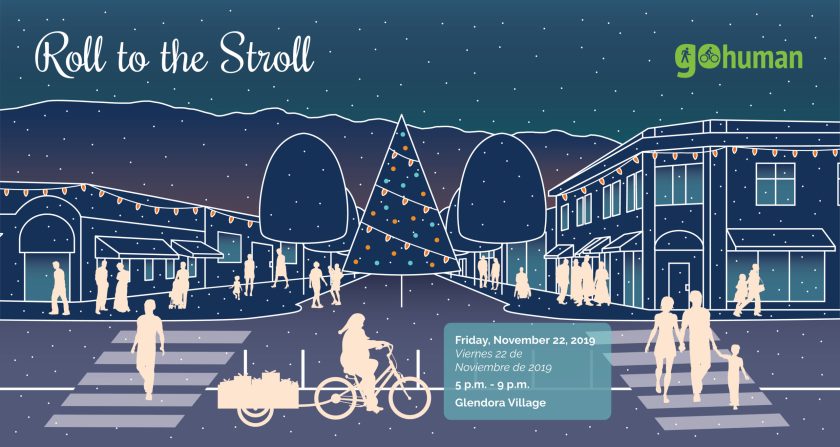Candidate Survey Questions #3
Complete Streets: La Verne adopted a Complete Streets Policy in 2017
Are you familiar with the Complete Streets Policy Vision and Goals and do you support them? What are some specific areas of focus where you would like to see improvements to achieve the Vision and Goals outlined?
Mayoral Candidates
Don Kendrick
I am familiar, but not one of the liaison council members to this committee. I will support the vision of the Active Transportation Committee of La Verne, which is the reason this Committee was put in place, making our city an example for others to follow.
Tim Hepburn
More defined areas for walking and biking.
Zach Gibson
I am familiar with the Complete Street Policy Vision and Goals and I do support them. Improvements in specific areas such as lane color designation and reflective lane designations to improve lane and traffic visibility, street sweeping that maintains designated lanes safe and free of debris, and sidewalk/pathway improvement and additions to away from traffic pathways for pedestrians to move through spaces would create road and walking environments that are safer and more inviting.
City Council Candidates
Jeremy Milici
I am familiar with this initiative and I feel as though many of the points made hold to be very true. I also believe the implications of this initiative will have a positive impact on our community. When it comes to transportation planning, the primary focus is almost always on motor vehicles. Yet, in reality this is not practical since it doesn’t address so many other factors of transportation. Additionally, the fact that Metro’s grants have shown positive impacts in other communities showcases the fact that La Verne should not be hesitant to carry out these projects, especially if receiving grant funds. I do support this initiative and believe many of its’ aspects to correlate with my personal ideas for our community.
Here are some primary areas I would focus on.
-Wheeler Avenue is limited in crosswalks. this makes it difficult to cross the street in various locations. There could also be more “pedestrian crossing” signs as well.
-I would like to see an improvement in the sidewalks of Foothill, especially on the north side near D Street.
-As I stated before, I believe La Verne should invest in a walkway which is both appealing in design and useful to pedestrians. A walkway which connects the Foothills to shopping centers near Foothill would be ideal as long as the costs are financially efficient.
Kenny Chang
Complete streets is a transportation policy and design approach that requires streets to be planned, designed, operated, and maintained to enable safe, convenient and comfortable travel and access for users of all ages and abilities regardless of their mode of transportation. Complete Streets allow for safe travel by those walking, cycling, driving automobiles, riding public transportation, or delivering goods.
Therefore, besides the street, we should also consider the surrounding so it could adapt properly with the street for the purpose.
Rich Gill
I did find the policy and have looked at it, I do like the fact that Baseline has been given bike lanes and signs to identify the lanes. I have not seen any “La Verne is Bicycle Friendly” posts. I feel more can be done if the budget allows. I will also have to look at the ATP Cycle 2 Grant to see what projects have been scheduled for the upcoming year.
Rick Crosby
La Verne is new with vision and goals in the Complete Streets Policy. I believe in observing what is working and needs to be improved. After a period of time then revisit the vision and goals to make sure that was the intention of implementation.
Wally Emory
No I’m sorry to say so. However now that you have brought that issue to my attention. I will educate myself to that policy.
Wendy Lau
Yes, I have familiarity with the Complete Streets Policy Vision and Goals and I support them. We are seeing more and more people utilizing alternate means of getting from Point A to Point B other than the use of automobiles - whether it is walking, running, cycling, scooters, or public transportation - it is important to ensure that our roadways take into account these various forms of mobility, with things such as signage, accessible public transportation stops, or safe crossing opportunities.
As we look at anticipated capital improvements related to our existing streets as well as introduction of new elements such as the Gold Line, we should seek to solicit feedback and input from various groups so that we can identify how we can best comply with the Complete Streets Policy Vision and Goals.

